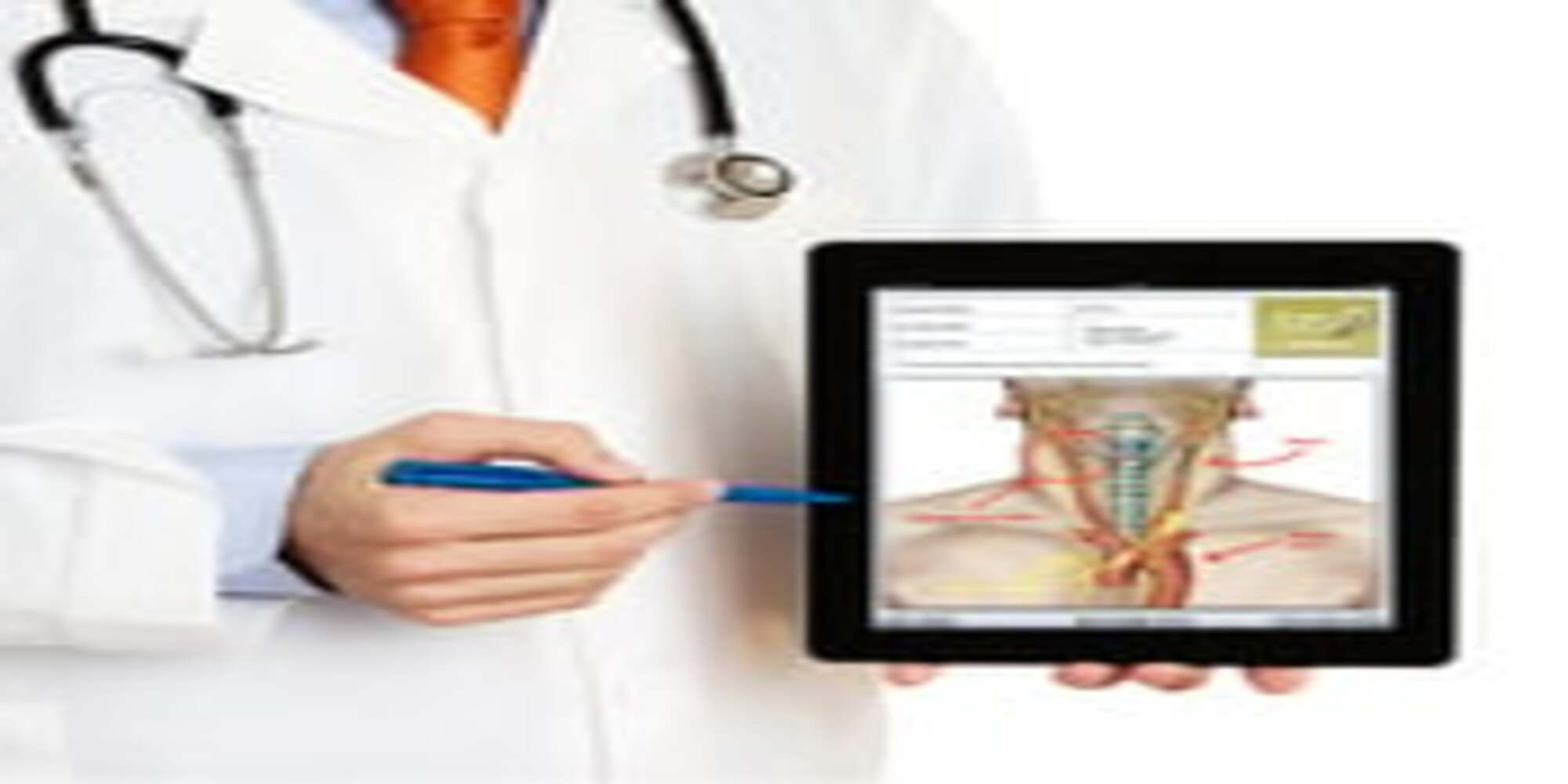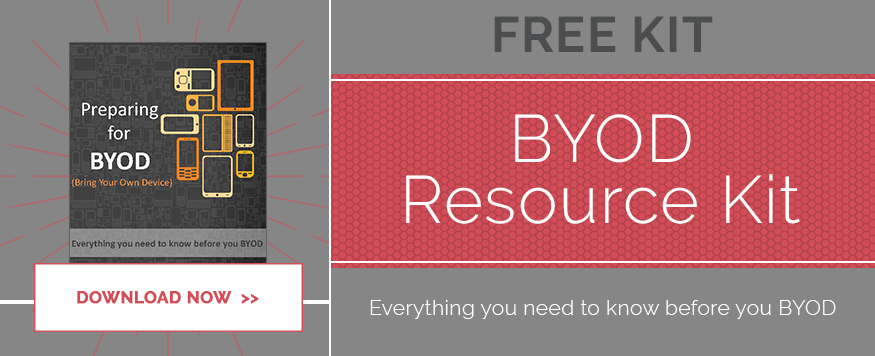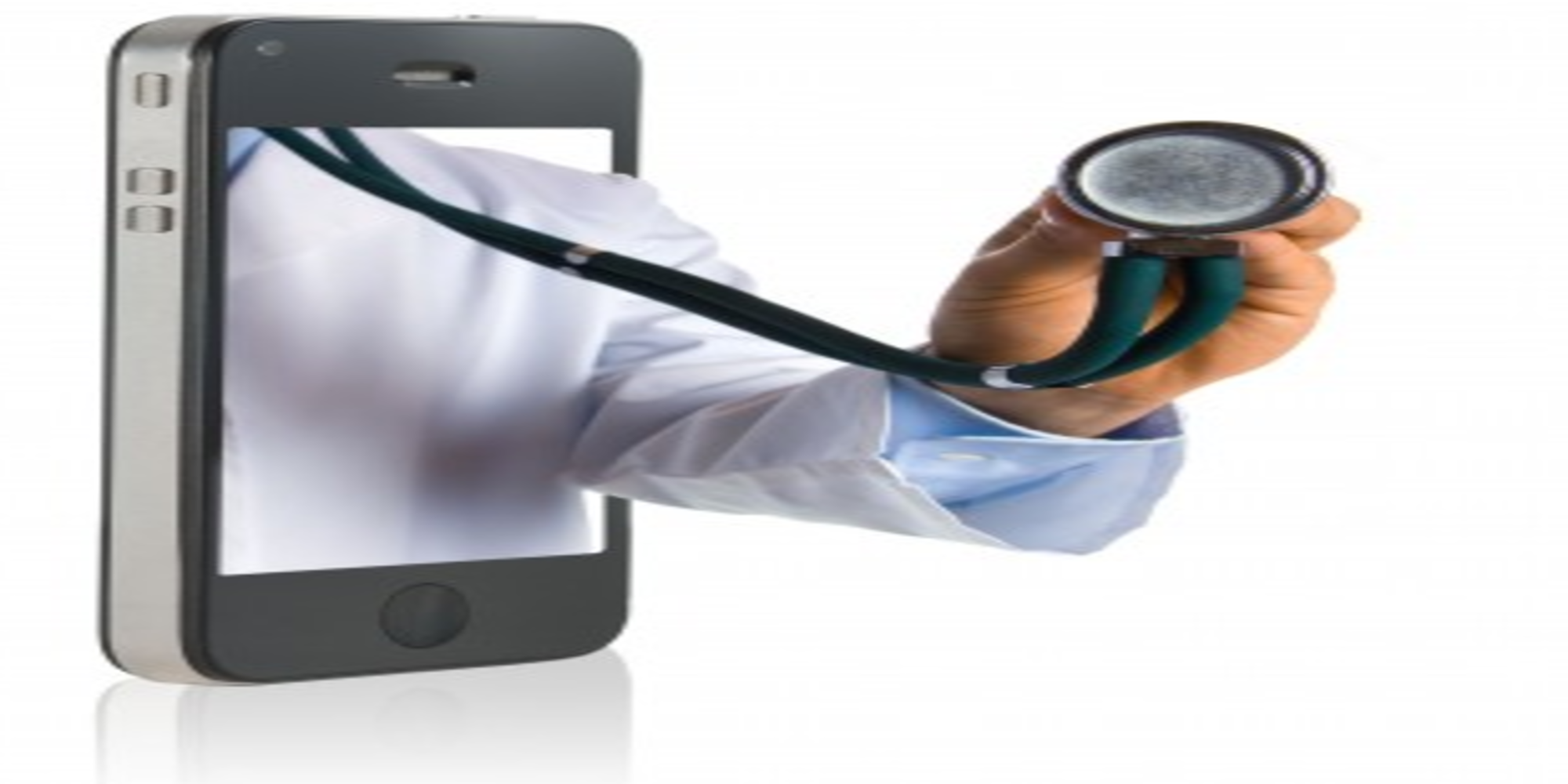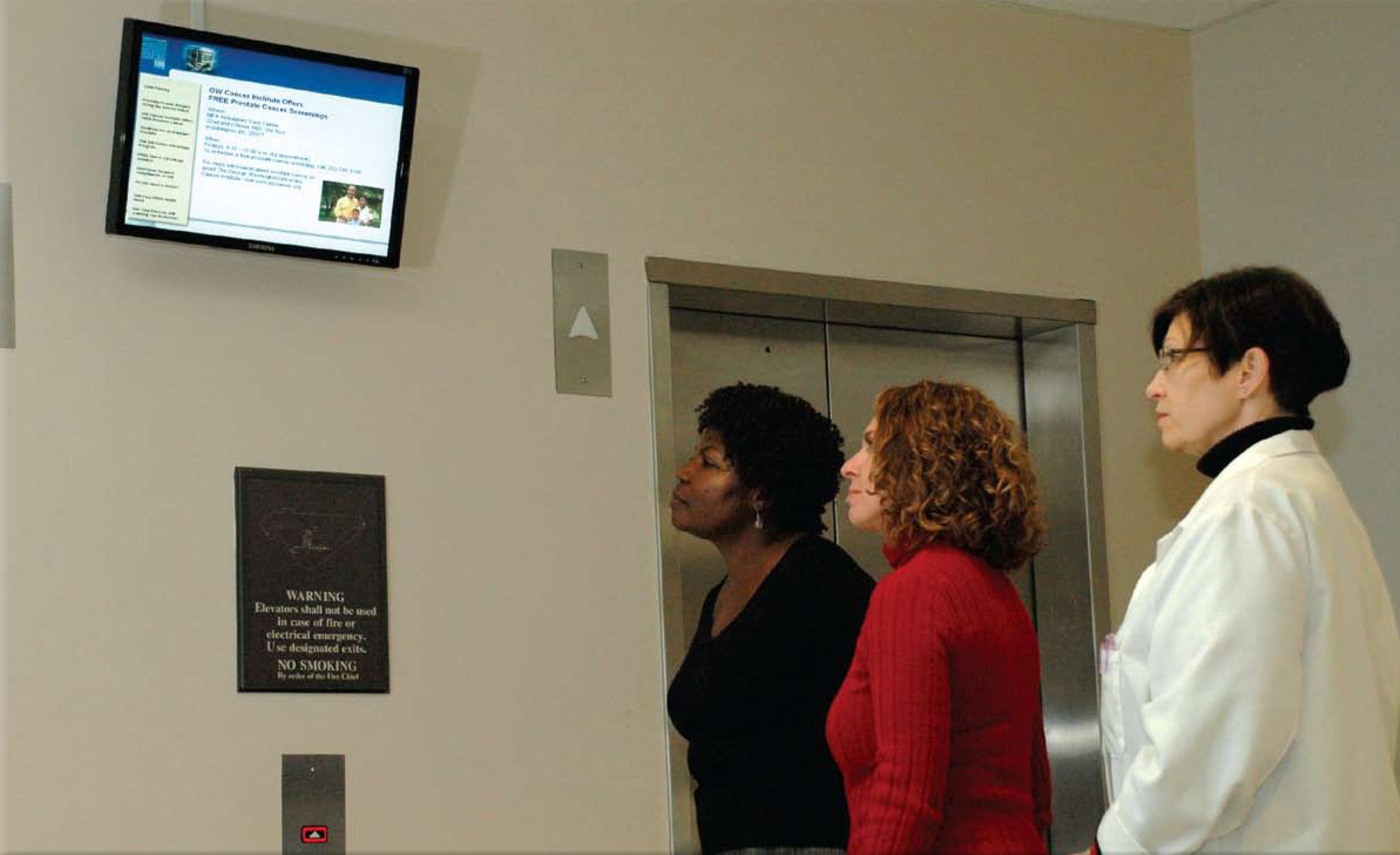BYOD in healthcare can cause moments of panic. Dreams of compliance turn into nightmares. Data breaches do happen, but in healthcare, patient information that is compromised can cause loss of revenue and even worse - loss of career. For the administrators responsible for security, BYOD at their healthcare facilities may not have received a second look in years past. Now, thanks in part to advanced security features in healthcare wireless networks, BYOD implementation is gaining popularity.
Truth of the matter is, hospitals have had wireless networks for some time now, even some form of BYOD (at least for patients and visitors). I can distinctly remember benefiting from a wireless network at Wellstar Cobb Hospital in 2008 when our son was born at the facility just west of Atlanta, GA. Logging on to the hospital wireless network with my personal laptop allowed me the opportunity to provide live blog updates about the delivery to family and friends following along in Florida. There was a “splash page” (captive portal) and I had to agree to the terms of service (whatever those are, does anyone really read them top to bottom?) Outside of that I was logged in to complete general browsing and posting to my blog.
Now, instead of the $2,200 Apple MacBook Pro laptop, people are bringing smaller, lower-powered wireless devices like iPads and Chromebooks to the hospital wireless networks. Those “people” might include doctors, nurses or other hospital support staff which may or may not access the hospital wireless network, depending on any current BYOD policy at their facility.
Now, in 2008 we were not using Skype for a live video feed of our son’s delivery, but it begs the question, would you allow an application like that to run on your hospital wireless network under a BYOD policy? That was almost 5 years ago, and think of all the advances in technology since that time.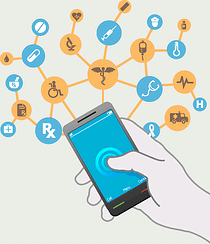
Applications can now be filtered, restricted, denied or allowed while a wireless device is connected to a hospital wireless network. Some of these advanced features would require an in-depth look at what pieces of infrastructure are already in place. The good news is that in most cases, a healthcare organization that is interested in implementing some type of BYOD policy can do so at lower costs than they might believe.
One key ingredient to look for in a wireless network solution if a healthcare system is planning to implement a BYOD policy, components that integrate well with your existing infrastructure. Cost is always a factor in any purchasing decision, so be careful of solutions that require additional purchases to make the wireless network fully operational or accessible. Recurring costs are hard to offset, especially if they are critical to the operation of the hospital wireless network.
Another question to ask, depending on the size of the facility and the number of staff on-site, how many layers of security features are really necessary? Some elements of BYOD can be implemented with wireless network solutions right out of the box. Generally speaking, the larger the facility, the more layers of protection needed. However, some of the smaller facilities might benefit from simple integration of the wireless network with active directory to validate employee credentials and allow for safe operation of BYOD. That might not be enough to make senior administrators sleep easy at night, so additional components and appliances might have to be considered to make the network fully secured and further mitigate risk.
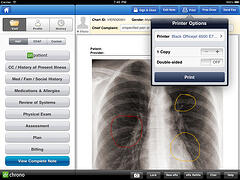
Seattle Children’s Hospital has implemented BYOD with desktop virtualization software that includes an application can be downloaded onto employees personal devices. Under this option, hospital administrators can mitigate risk because the software does not allow for documents to be downloaded onto the employee’s personal wireless devices.
That is a nice feature of that particular software, but in order for the application to be downloaded onto the devices, it would require the hospital wireless network have the proper infrastructure in place. There isn’t an easy answer for secure BYOD, especially in a hospital environment, but BYOD in healthcare is gaining popularity daily. Expect that trend to continue.
The time to prepare for BYOD is now. If your healthcare facility is considering a BYOD solution for your hospital we are here to help. The team here at SecurEdge has worked with many hospitals and we’re experts in working with large wireless networks systems. You may contact us here with any questions or for a free BYOD Readiness Consultation. We are always happy to help!

